Alicia Keys and Swizz Beatz Uncover Black Art with GIANTS Exhibition
The GIANTS exhibition at the High Museum, curated by Alicia Keys and Swizz Beatz, redefines accessibility by bringing monumental Black art and narratives into a major museum space.
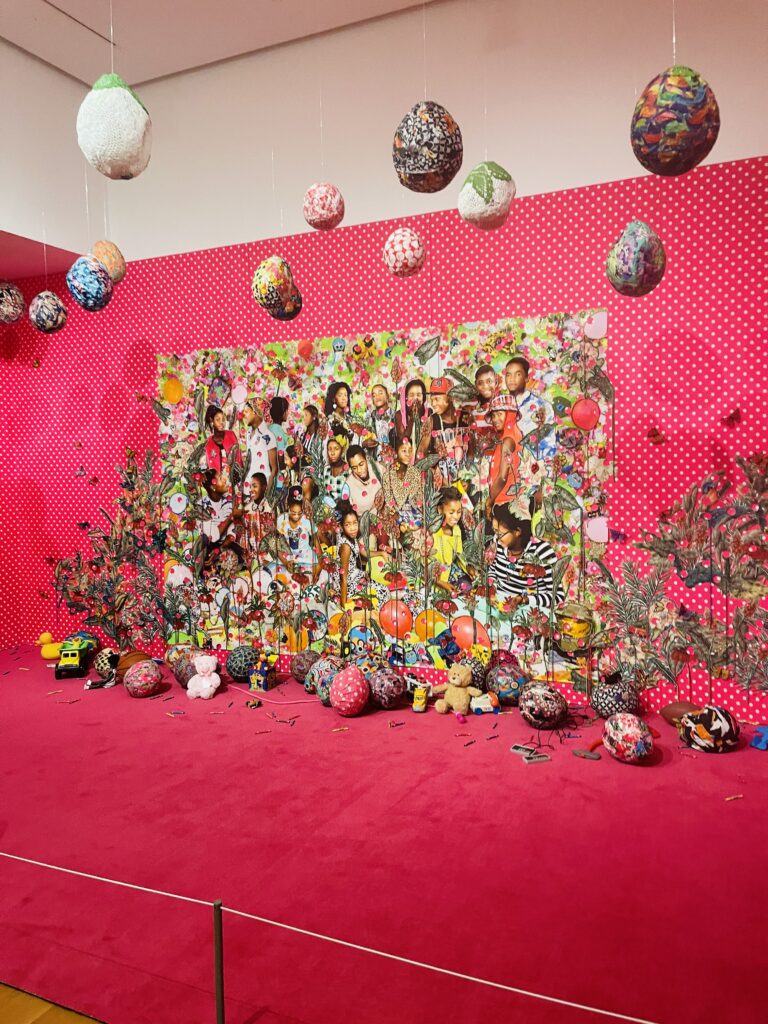
Ebony G. Patterson, . . . they were just hanging out . . . you know . . . talking about . . . ( . . . when they grow up . . .), 2016, beads, appliqués, fabric, glitter, buttons, costume jewelry, trimming, rhinestones, glue, and digital prints
GIANTS, a monumental exhibition at the High Museum of Art, is not only a celebration of Black art—it’s a groundbreaking demonstration of the power that celebrity support can bring to the world of visual arts. Curated by musician and activist Swizz Beatz and renowned artist and musician Alicia Keys, the exhibition brings Black narratives, identities, and experiences to the forefront in a way that feels both public and personal. By leveraging their visibility to showcase this collection, Keys and Swizz Beatz have created a platform where artists and audiences alike can experience Black art on an impactful, monumental scale.
But what does it mean for Black art to be both monumental and accessible? And how does the GIANTS exhibition open doors for broader, more diverse audiences to engage with Black art and identity?
The Power of Celebrity Support in the Arts
The involvement of high-profile figures like Swizz Beatz and Alicia Keys in GIANTS isn’t just a headline; it’s a cultural shift. When celebrities visibly champion Black artists, they send a powerful message about the value of supporting Black creativity. For Keys and Swizz Beatz, this exhibit is an extension of their personal commitment to art as a means of empowerment, showcasing works that span an impressive range of media and experiences. Their collection includes paintings, photographs, sculptures, DJ equipment from Swizz’s childhood, and bikes from their youth, all reflecting a deep appreciation for art that tells personal and collective stories.
Alicia Keys shares a preview of the exhibition on her Instagram:
This kind of celebrity involvement has implications far beyond GIANTS. When public figures visibly engage with visual art, it raises awareness, builds momentum, and ultimately broadens access to the art world for both creators and audiences. Other celebrities like Jay-Z, Pharrell Williams, and Kerry Washington have also used their platforms to advocate for and invest in the work of visual artists. As figures of influence increasingly participate in the art world, we might ask: Is it their duty to do so? Should those with influence feel a responsibility to uplift emerging voices and represent underrepresented culture? While not every notable figure is required to invest in art, their support offers tangible pathways to broader visibility and financial backing, expanding awareness possibilities that benefit both artists and audiences.
The Importance of Curated Black Spaces
Walking into an exhibition like GIANTS is a powerful experience for Black individuals, who may not often see themselves reflected in major museum spaces. Entering such a meticulously curated collection, one centered on Black art, culture, and identity, instills a profound sense of pride and confidence. It’s a moment of feeling seen, validated, and encouraged to exist and take up space within institutions that have often excluded Black artists and stories.
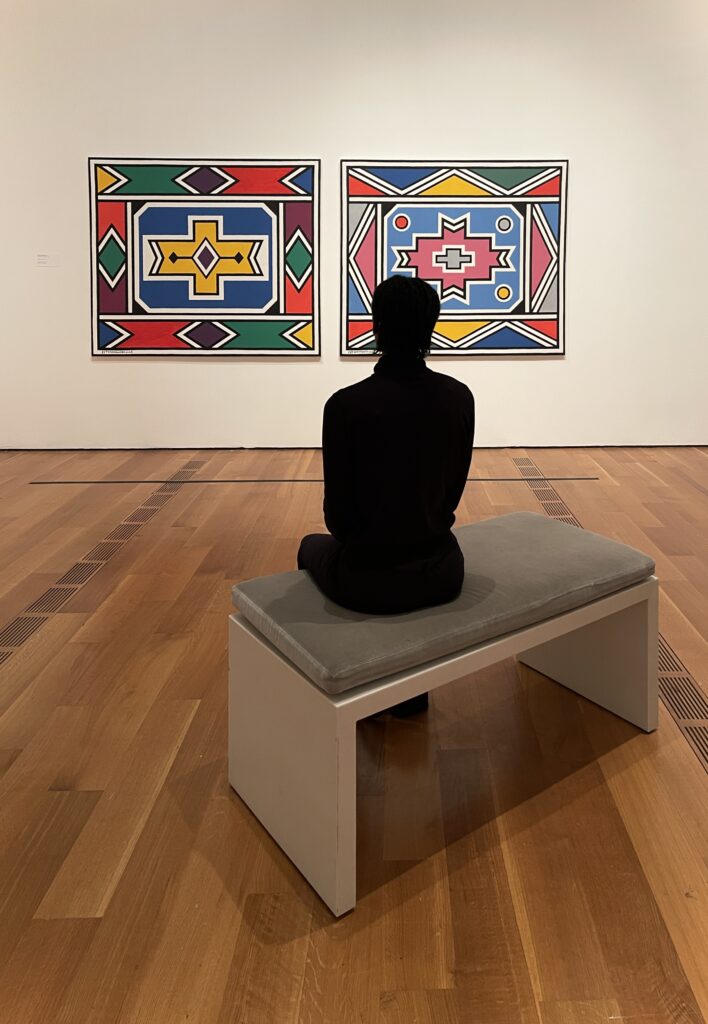 Artwork by Esther Mahlangu
Artwork by Esther Mahlangu
Exhibitions like GIANTS demonstrate that Black stories, cultures, and experiences belong at the forefront of public spaces. This is the kind of visibility that Black Art Magazine also strives to achieve through editorial coverage and engagement. In the same way that BAM celebrates Black narratives, GIANTS brings those stories to life on a scale that feels monumental and affirming, signaling that Black art is not just worthy of admiration but essential to the broader cultural landscape.
Celebrating Depth and Diversity in the GIANTS Collection
A key strength of GIANTS is the depth and diversity of its collection, which reflects the dedication and passion that Keys and Swizz Beatz have poured into their art journey. The exhibition spans various forms, from paintings and sculptures to mixed media and personal memorabilia like childhood bikes and DJ equipment. This mix not only represents the couple’s personal connection to these pieces but also shows an understanding of the many facets of Black culture and creativity.
Their collection is a testament to the depth of Black artistry, with pieces that resonate on multiple levels—culturally, aesthetically, and personally. Each item in the collection holds a story, not only of the artist but also of the collectors who chose it. This dedication to diversity within their collection sets GIANTS apart as a gallery experience, showing that Black art is neither monolithic nor bound to a single style or medium. Instead, it captures a wide range of experiences and perspectives, giving audiences a fuller view of what Black art can be.
The Lasting Impact of Accessible, Monumental Art
As the High Museum of Art’s walls host this monumental collection, GIANTS isn’t just influencing current audiences; it’s building a legacy. When Black art is made accessible in such a powerful way, it leaves a lasting mark on the collective memory of those who experience it. The presence of such a well-curated, high-profile exhibition in a major museum creates ripples that go beyond the gallery, inspiring conversations, pride, and a call for more diverse representation within art institutions.
When exhibitions like GIANTS continue to expand the visibility of Black art, they pave the way for a future where Black stories occupy every space—whether in a museum, a magazine, or out in the world. If you have the chance, step into GIANTS and experience firsthand the impact of Black art made accessible.
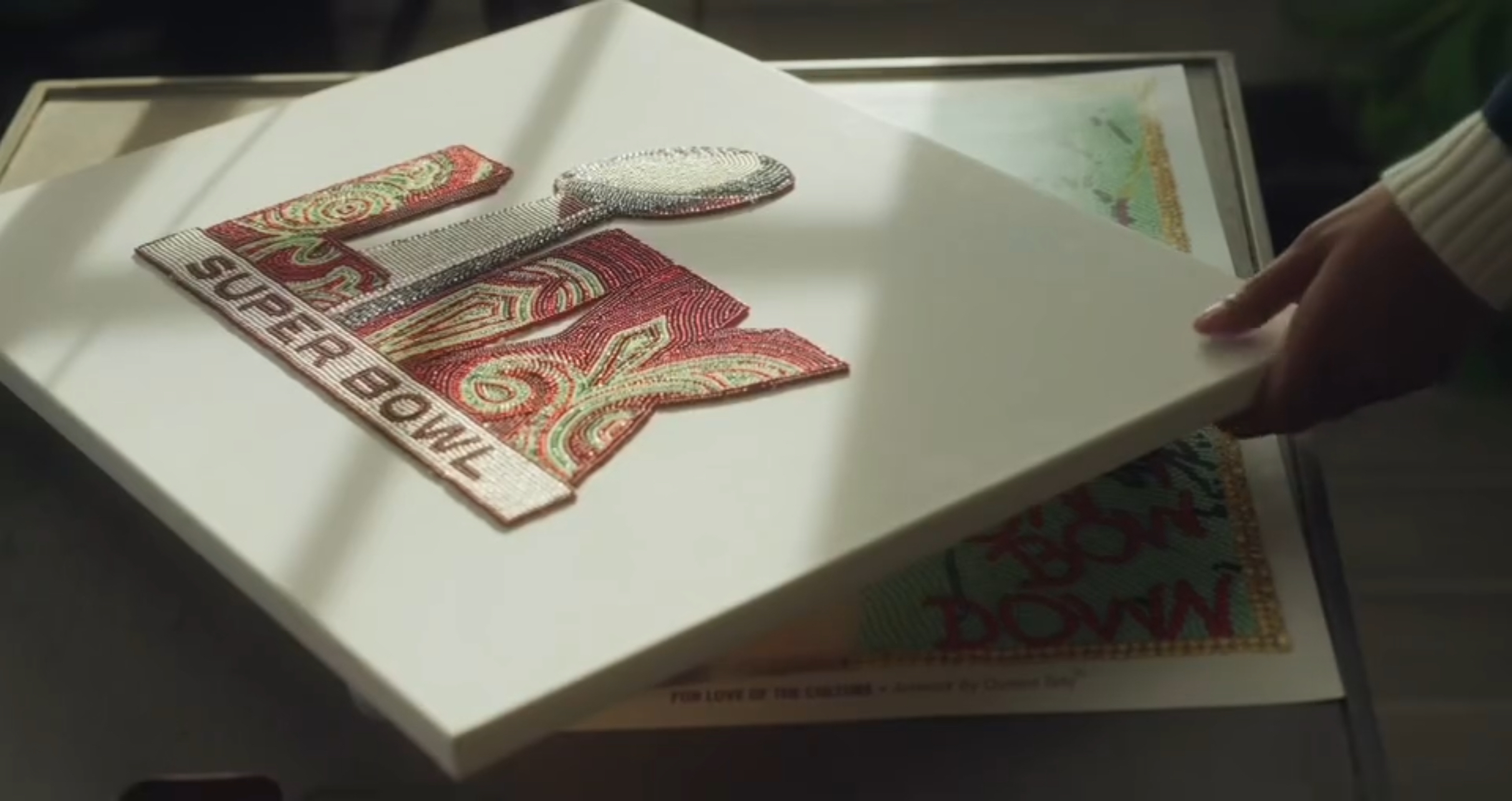 “Queen Tahj” Williams: The First Black Woman to Design the Official Super Bowl Logo
“Queen Tahj” Williams: The First Black Woman to Design the Official Super Bowl Logo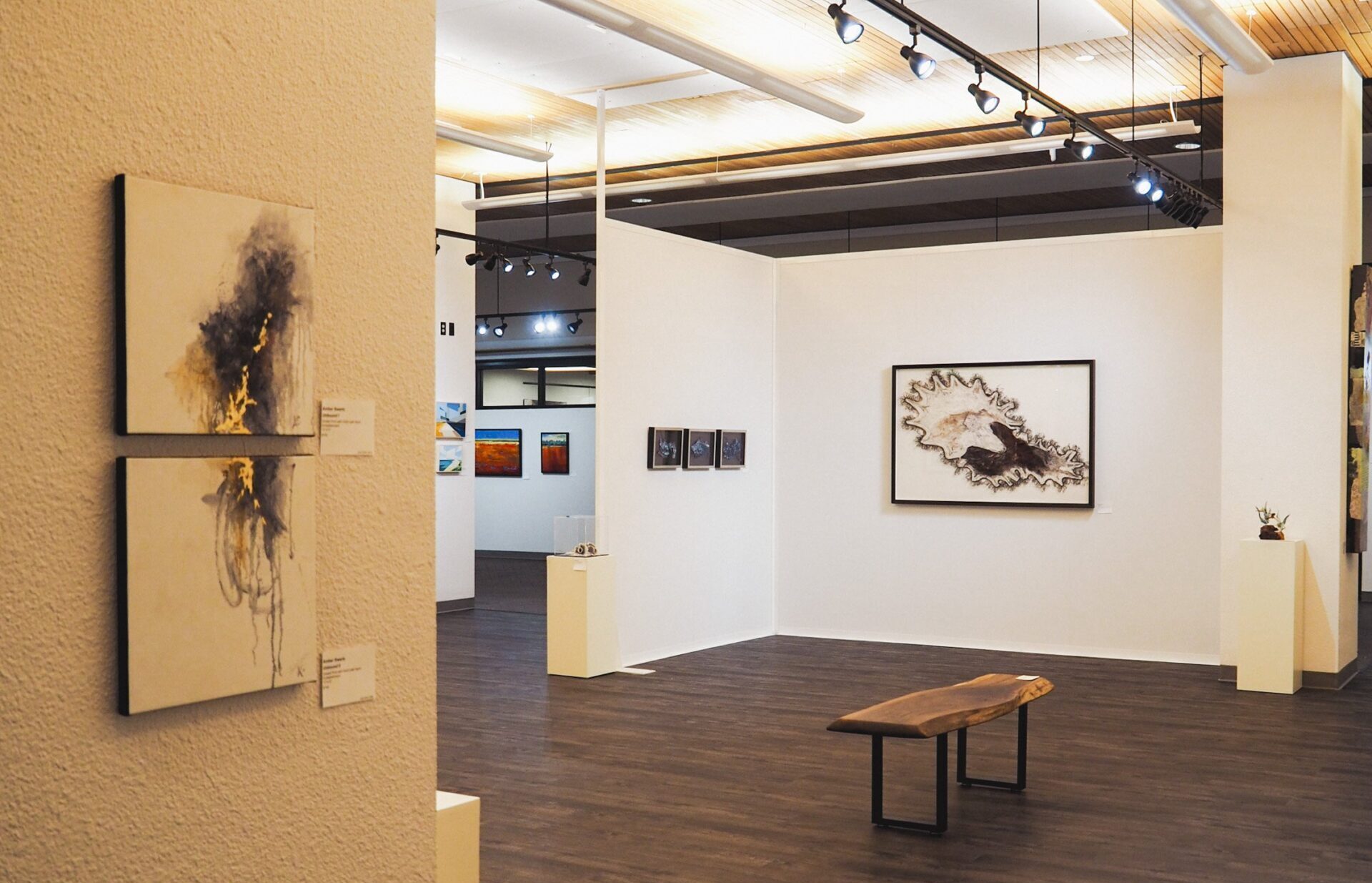 Lancaster Art Vault Exhibits Black Art with ‘Expressions of Strength’
Lancaster Art Vault Exhibits Black Art with ‘Expressions of Strength’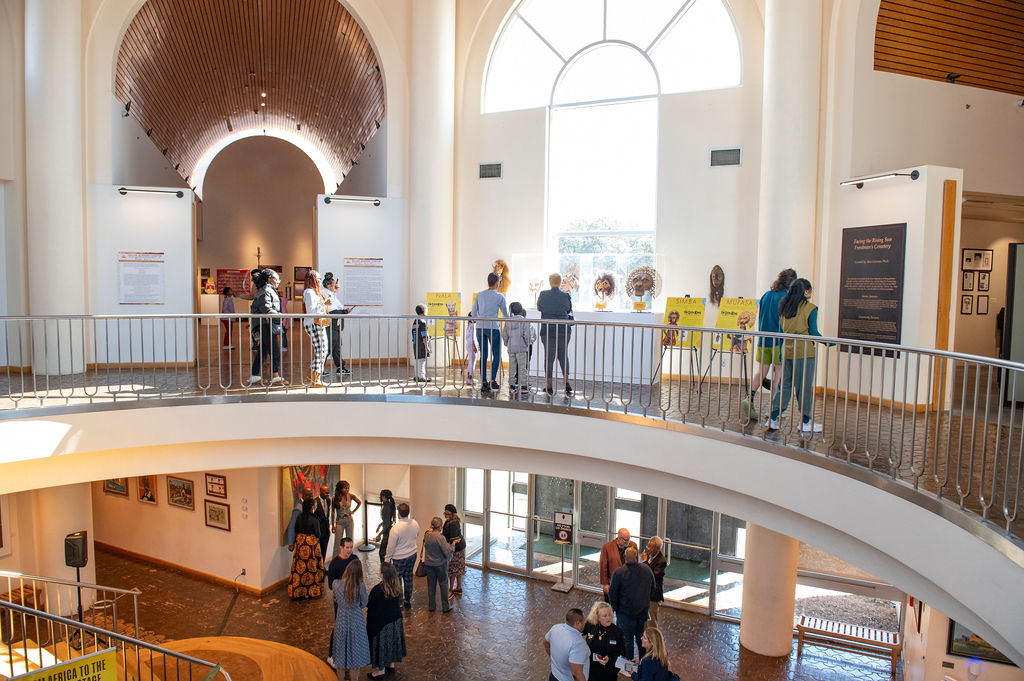 Dallas’ African American Museum Kicks Off Black History Month
Dallas’ African American Museum Kicks Off Black History Month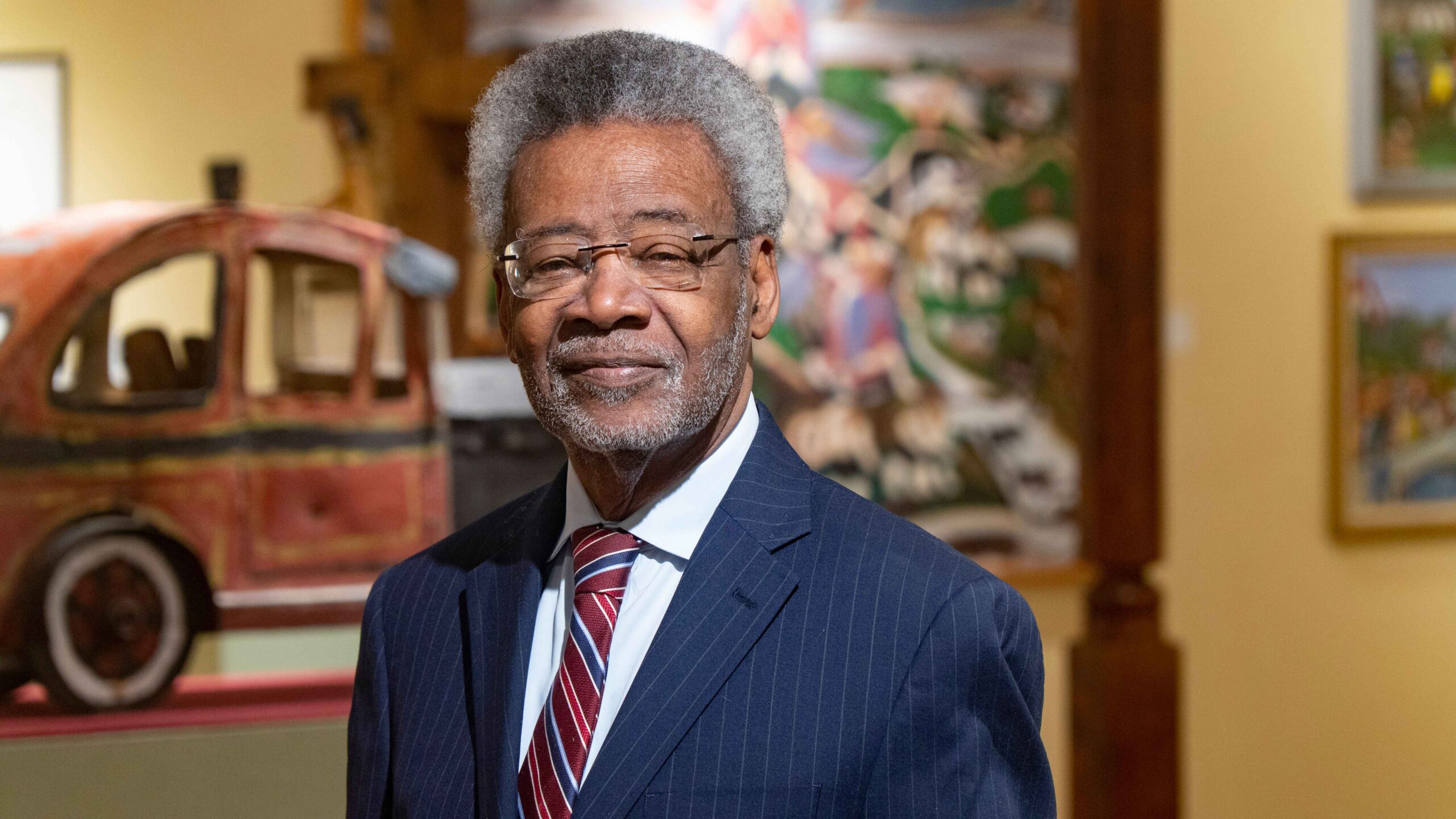 The African American Museum in Dallas Marks 50 Years with Founders Ball
The African American Museum in Dallas Marks 50 Years with Founders Ball Koyo Kouoh’s Appointment as 2026 Venice Biennale Curator
Koyo Kouoh’s Appointment as 2026 Venice Biennale Curator

